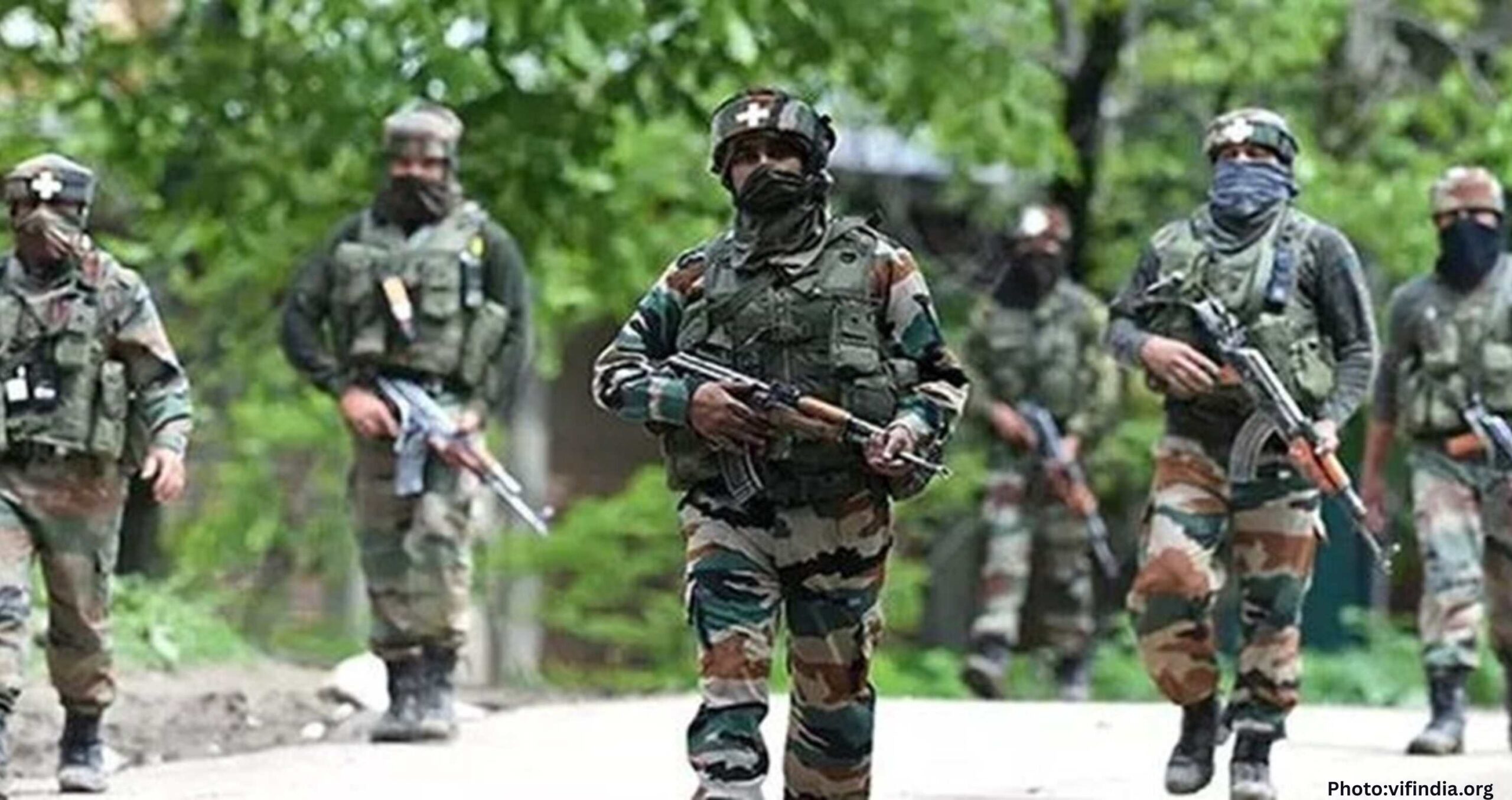India’s counter-terrorism strategy underwent a significant transformation following the 2016 Uri attack, marking a shift from restraint to proactive military responses against terrorism.
On September 18, 2016, four heavily armed terrorists attacked an Army installation in Uri, Jammu and Kashmir, resulting in the deaths of 19 soldiers. This incident marked a pivotal moment in India’s approach to counter-terrorism, as it prompted a shift away from the longstanding policy of restraint that had characterized New Delhi’s responses to similar provocations. Historically, concerns over nuclear escalation and potential international intervention had guided India’s cautious stance. However, the Uri attack catalyzed a new direction.
The surgical strike that followed, authorized by India within ten days of the attack, was a bold move. Conducted on the night of September 28-29, the operation targeted terrorist launch pads in Pakistan-occupied Kashmir. The announcement of the strikes by the Director General of Military Operations highlighted not only military precision but also a newfound political will. By publicly acknowledging the operation, India reframed both domestic expectations and global perceptions, breaking the precedent of silence that had previously surrounded such covert actions.
The 2016 surgical strikes laid the groundwork for a doctrine of limited punitive action under the looming nuclear threat. This doctrine was put to the test in February 2019, following a suicide bombing in Pulwama that killed 40 CRPF personnel. In response, India escalated its military actions by conducting airstrikes on a Jaish-e-Mohammed training facility in Balakot, deep within Pakistan’s Khyber Pakhtunkhwa province. This operation marked a significant escalation, demonstrating India’s willingness to extend its military response beyond the Line of Control (LoC) and target terrorist infrastructure directly.
India’s actions in Balakot sent a clear message: Pakistan could no longer dictate the terms of escalation or rely on its nuclear arsenal as a shield against retaliation. The operation was framed as a counter-terrorism measure rather than an act of war, allowing India to secure tacit international acceptance of its actions. Balakot thus became more than just a military strike; it was a calculated signal to Pakistan, the Indian public, and the international community.
Despite these actions, Pakistan continued to test India’s thresholds, as evidenced by a series of infiltration attempts along the LoC from 2020 onward. In June 2020, Indian forces thwarted an infiltration bid in Kupwara, while November of the same year saw the foiling of a planned mass-casualty attack in Jammu and Kashmir, resulting in the deaths of four Jaish-e-Mohammad terrorists. Intelligence reports indicated that Pakistan was acquiring military equipment to support these infiltration attempts, further escalating tensions.
Throughout these years, India strengthened its security measures, including the implementation of a hybrid model of a ‘smart’ fence along the LoC. While many infiltration attempts were thwarted, those that succeeded were met with swift retaliation. By 2023, the melting snow opened up infiltration routes, leading to a resurgence of incursion attempts. However, Indian Special Forces, bolstered by drone surveillance and enhanced border security, successfully neutralized militant threats before they could materialize.
The shift in India’s counter-terrorism strategy extended beyond its borders. Where previous policies relied on surveillance and post-attack pursuits, India adopted a proactive approach aimed at preempting terrorist actions. This evolution can be traced back to the 2016 Uri attack and the subsequent surgical strikes, which set a precedent for future military responses.
By 2025, India’s counter-terrorism playbook had further evolved with Operation Sindoor, which integrated cyber disruption, precision strikes, and information campaigns into a coordinated effort. Terror networks faced communication disruptions and financial constraints, while unmanned systems targeted launch pads. Simultaneously, India worked to control the narrative surrounding these operations, ensuring that the message was driven by New Delhi rather than Islamabad.
These strategic changes were not merely ad hoc responses but were formally codified in military doctrine. The Joint Doctrine of the Armed Forces, released in 2017, explicitly included surgical strikes and limited punitive actions as viable military options. This codification provided a legitimate framework for planners and reassured political leadership of institutional backing for such actions. The Land Warfare Doctrine of 2018 further emphasized the need for swift and precise retaliation, supported by air power and other military enablers, while also recognizing the importance of information warfare in modern conflicts.
Nearly a decade after the Uri attack, its legacy continues to influence India’s deterrence posture. The strikes established a credible threat of punishment that altered Pakistan’s strategic calculus, even if they did not completely eradicate terrorism. Each infiltration attempt now carries the risk of immediate retaliation, and any significant terrorist strike risks provoking a broader strategic response from India.
Moreover, the strikes effectively dismantled Pakistan’s long-standing denial strategy. By compelling Islamabad to either deny culpability and lose credibility or acknowledge its involvement and face international pressure, India gained a strategic advantage. Importantly, India framed its actions within the context of globally accepted counter-terror norms, insulating itself from potential diplomatic backlash.
Perhaps most crucially, these military actions introduced a level of flexibility into India’s counter-terrorism strategy. New Delhi is no longer constrained by a binary choice between inaction and all-out war. Instead, it possesses a spectrum of options, ranging from covert operations to overt retaliatory actions, and from preemptive strikes to multi-domain responses. This flexibility is essential in navigating the complexities of a nuclearized and asymmetric security environment.
As India continues to adapt its counter-terrorism strategy, the events of 2016 serve as a reminder of the importance of decisive action in the face of persistent threats. The evolution from restraint to proactive engagement reflects a broader understanding of the challenges posed by terrorism and the necessity of maintaining a credible deterrent.
Source: Original article

